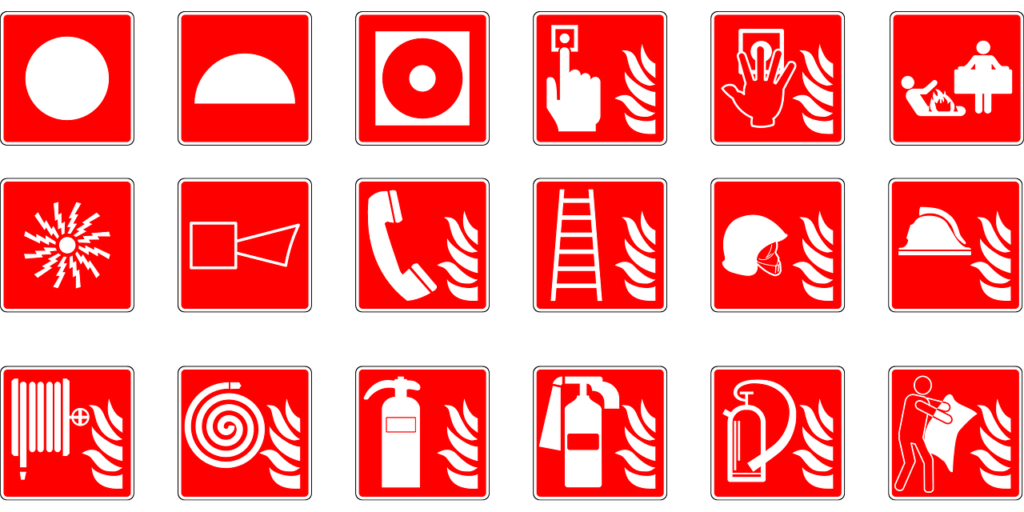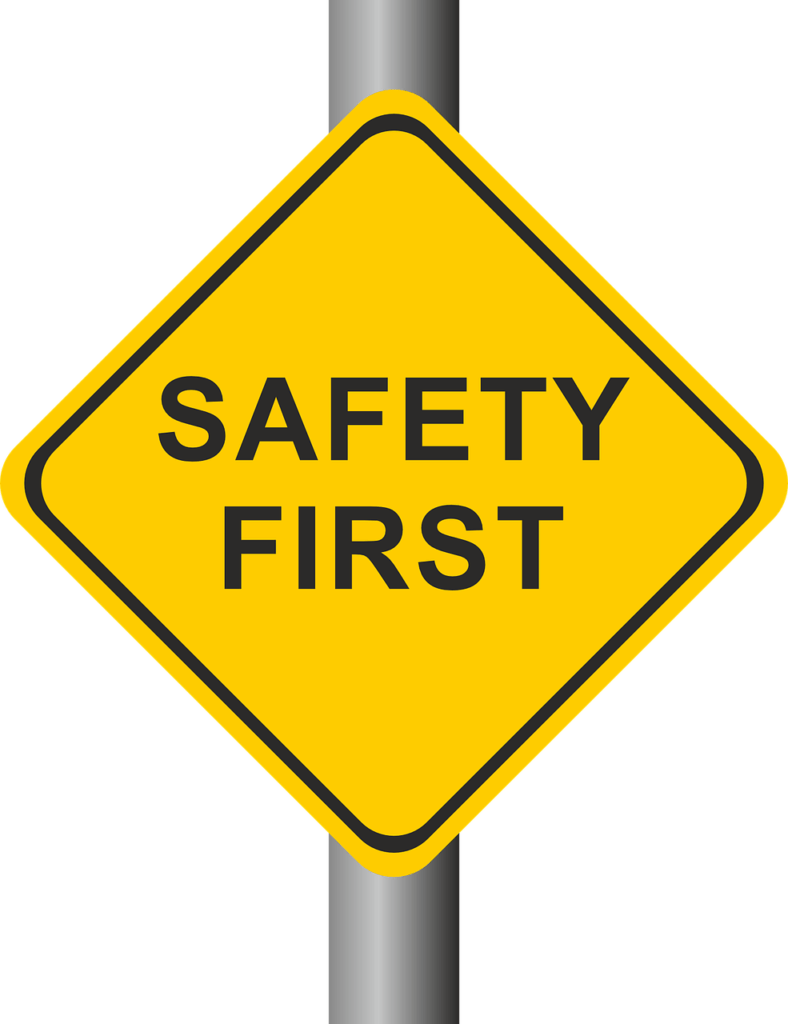Table of Contents
Is ‘Safe Travel’ Grammatically Correct?
Have you ever pondered whether the phrase “Safe Travel” is grammatically sound? This query may seem minor to some, but for others who obsess over linguistic precision, it’s of paramount importance. Understanding the nuances of language and grammar is not only beneficial for seamless communication but is also critical for maintaining credibility in professional and personal contexts.
Overview
Language is a rich tapestry woven from countless rules, exceptions, and cultural idioms. Some expressions, particularly those related to travel, often beg closer scrutiny. Phrases like “Safe Travel” surface frequently in both spoken language and written forms, especially in the context of travel advisories, well-wishes for journeys, and travel literature. It is crucial to understand whether such common phrases stand up to grammatical validation.
Thesis Statement
This article will dissect the phrase “Safe Travel” to ascertain its grammatical correctness, examining it through the lens of standard English grammar rules, syntax norms, and linguistic evolutions. This exploration aims to provide readers with a well-rounded understanding, while also offering factual evidence and examples to solidify trust in the content.

This image is property of pixabay.com.
Historical Context
The use of the term “Safe Travel” isn’t a modern linguistic invention. Travel safety has always been a concern, dating back to ancient civilizations where the peregrinations of explorers and traders hinged on the precariousness of uncharted territories and the dangers therein. Historic records abound with expressions of well-wishing for safe journeys, though phrasing has evolved over time.
Current Trends
In contemporary settings, the phrase “Safe Travel” persistently appears in informal and formal communications. Whether in text messages, travel blogs, or corporate memos, the intent remains clear: expressing a hope for safety during travel. Despite its widespread use, questions arise concerning its adherence to grammatical protocols. Exploring this phrase’s structure can enhance its application in various contexts, thereby improving both SEO relevance and clarity.

This image is property of pixabay.com.
Key Concepts and Definitions
To fully ascertain the grammatical standing of “Safe Travel,” foundational concepts and definitions must be examined:
- Grammar: The set of structural rules that govern the composition of clauses, phrases, and words.
- Syntax: The arrangement of words and phrases to create well-formed sentences.
- Phrase: A small group of words standing together as a conceptual unit, usually forming a component of a clause.
Breaking Down “Safe Travel”
“Safe Travel” is a noun phrase, constructed by an adjective (“safe”) modifying a noun (“travel”). The simplicity of this structure belies the intricate layers of meaning and grammatic structure beneath.

This image is property of pixabay.com.
Example 1: Traditional Use
In traditional contexts, conveying safety in travel could appear as “Have a safe trip” or “Safe travels,” where “safe” operates as an adjective directly impacting the noun. For instance:
- Example: “Have a safe trip!” (Grammatically correct: “safe” modifies “trip”)
- Example: “Wishing you safe travels.” (Grammatically correct: “safe” modifies “travels”)
The evolution from these forms to “Safe Travel” simplifies the phrase but leads to ambiguity in grammatical correctness.
Example 2: Modern Applications
Modern technology and casual digital communication often see phrases becoming truncated or altered for convenience:
- Example: “Safe travel” (Potentially ambiguous and less accepted in formal contexts)

Comparative Analysis
To better understand, let’s compare different forms and assess their grammatical integrity:
| Phrase | Adjective Position | Noun Form | Grammatical Correctness |
|---|---|---|---|
| Have a safe trip | Before noun | Singular | Correct |
| Wishing you safe travels | Before noun | Plural | Correct |
| Safe travel | Before noun | Singular (but needs context) | Debatable |
| Safe journey | Before noun | Singular | Correct |
Impact Assessment
The prevalent use of “Safe Travel” in informal contexts may contribute to its acceptability, though it often falls short in formal writing. Its simplified form can sometimes obscure the intended meaning, potentially diminishing the positive impact of well-wishing for safety in travel.

Future Directions and Implications
Predictions
As language evolves, the acceptability of “Safe Travel” may increase, particularly in digital spaces where brevity is valued. However, its usage in formal settings will likely remain contentious unless supported by broader linguistic acceptance.
Implications
Should “Safe Travel” gain widespread grammatical acceptance, it could streamline communication, especially in digital correspondence. However, the transition hinges on evolving language norms and the collective embrace by authoritative linguistic bodies.
Conclusion
To summarize, the phrase “Safe Travel” occupies a gray area in the realm of grammar. While its intent is unmistakable and its usage common, its adherence to strict grammatical rules remains debatable. By examining historical precedents, current examples, and grammatical norms, we establish that “Safe Travel” is grammatically ambiguous, albeit commonly understood and used.
What are your thoughts on this grammatical quandary? Should language be prescriptive, adhering strictly to traditional rules, or should it evolve with usage patterns?
Final Thoughts
Language, much like society, is in a constant state of flux. Expressions such as “Safe Travel” exemplify how modern usages can challenge traditional grammatical frameworks. By critically examining such phrases, we contribute to the dynamic dialogue between evolving linguistic patterns and traditional grammatical rules.
For more insights on language and grammar, consider exploring our other related articles.
